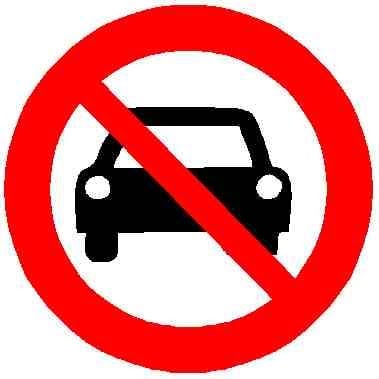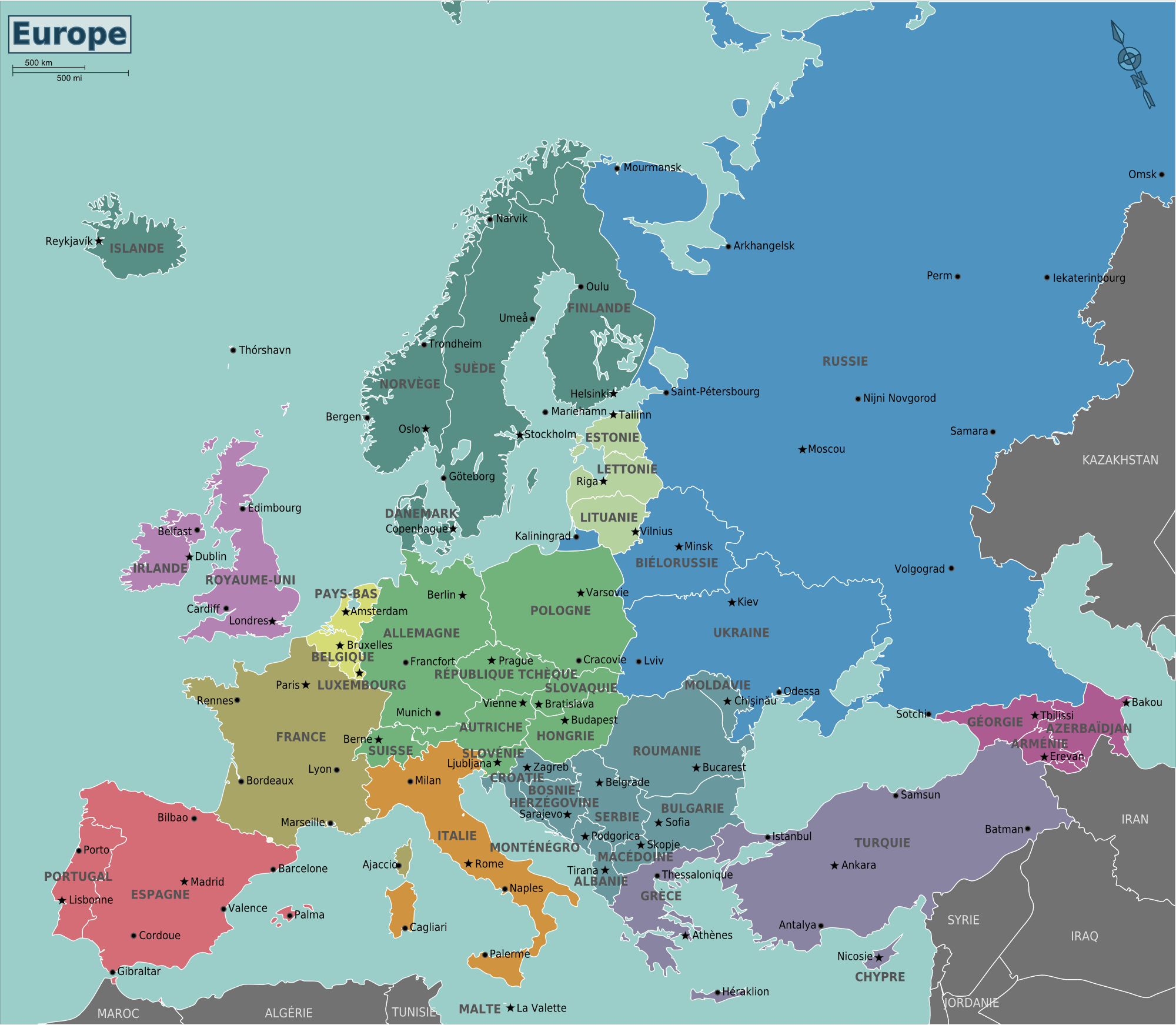

Taking the french Aérotrain advantages:
- Higher speed (due to inexistant rail drag)
- More comfortable
- Less noise
- Faster braking
- Way cheaper rails and maintenance (just concrete rails that don’t get rolled on, no steel)
- Rails can be easily elevated, taking less space on the ground and avoiding intersections with roads as well as landlocking. Basically, you can cross fields without bothering farmers too much

You’re talking about a 70’s prototype, but that does not mean it would need a kerosene turbine if it was made nowadays. Actually, the Aérotrain S44 used a linear electric motor.
A train brakes by blocking the wheels on two relatively small rails, and the wheels can lose traction.
An aerotrain reverses its propulsion, using it as a brake. No slippage possible here.
It can also bite the rail, having a way bigger braking surface, as well as having an interface dedicated to braking directly on the rail instead of a brake on a wheel on a rail.
And in emergencies, you can even stop the suspension and let the aerotrain rest directly on the rail to brake. That’s a bit brutal and causes damages (at least back in the 70’s), but that stops the Aérotrain quite fast and is way better than derailing or hitting something.